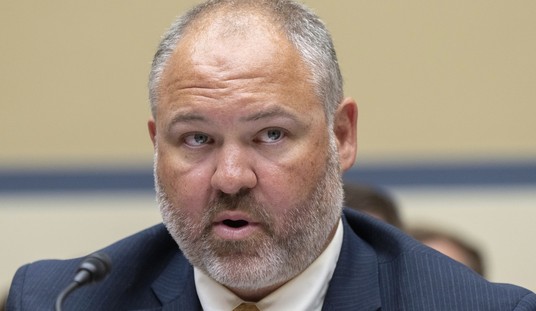Lancet published a study today that looked at leftover blood plasma from 28,500 dialysis patients in the United States. After testing the plasma, researchers found that less than 10 percent of the population nationwide showed evidence of having had the virus.
Testing the plasma revealed about 8 percent had coronavirus antibodies, the molecules the immune system churns out to help fight an infection.
That’s equivalent to about 9 percent of all U.S. adults, according to Stanford University biostatistician and study co-author Maria Montez-Rath, who used patient data on region, age and sex to translate that result to the general populace…
The findings also suggest herd immunity is far off without the advent of a vaccine. Epidemiological models suggest about 70 percent of the population would need to be protected from the coronavirus to make its spread unlikely, said study co-author Julie Parsonnet, an infectious-disease epidemiologist at Stanford University, acknowledging antibody studies are “not a perfect way” to track this.
One thing the national number doesn’t show is that there was a lot of variation in the results by state and region. So for instance, the prevalence of people with antibodies was just 3.8% in California but was 33.6% in New York.
The Post quotes SUNY epidimiologist Eli Rosenberg who did blood tests on 15,000 New Yorkers in July. He argues that if anything these numbers are probably an overestimate:
“We are still in the middle of the fight,” said Eli Rosenberg, a State University of New York at Albany epidemiologist who was not part of the study. “We’re all tired, and we’re all hoping for a vaccine. This shows us how it’s not over here, not even by a long shot.”…
Based on dialysis patients in New York, the study found 33 percent of people had antibodies. Rosenberg said that percentage is probably an overshoot, given the results of his work. Likewise, around 18 percent of the population in the New York City metro area had antibodies in mid-July, according to a CDC estimate.
The argument here is that people who need dialysis several times a week are spending more time out of the house with health care providers and other patients, making this population more likely to pick up the virus than the average American.
The contrary argument, which gets a mention by the Post, is that antibody tests aren’t showing possible resistance to the virus conveyed by T-Cells. Some have even argued there could be partial immunity conveyed by previous contact with other coronaviruses like the common cold.
“We have now proven that, in some people, pre-existing T cell memory against common cold coronaviruses can cross-recognize SARS-CoV-2, down to the exact molecular structures,” Weiskopf says. “This could help explain why some people show milder symptoms of disease while others get severely sick.”
“It still remains to be addressed whether this immune memory reactivity influences clinical outcomes and translates into some degrees of protection from more severe disease,” adds Sette. “Having a strong T cell response, or a better T cell response may give you the opportunity to mount a much quicker and stronger response.”
So to sum all of this up, the Lancet figures suggest we have a long way to go to reach herd immunity without a vaccine. Those figures may actually be an overestimate, meaning they show us as farther along than we actually are because of the cohort of people who made up the study. On the other hand, antibody immunity isn’t the only defense the body has and some people may be getting some protection from what’s known as cross-referencing by T-cells. Exactly how helpful that is isn’t settled yet.









